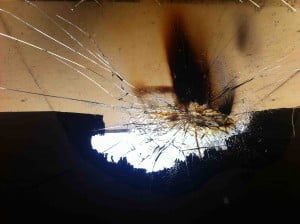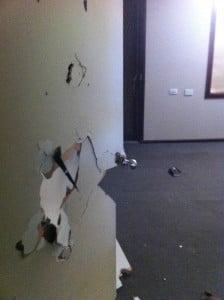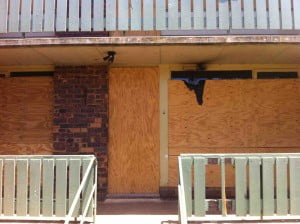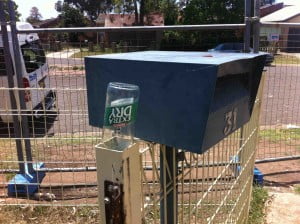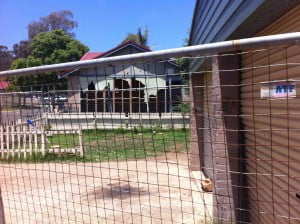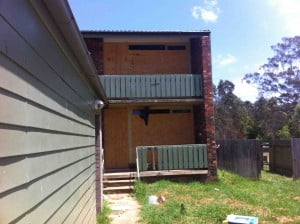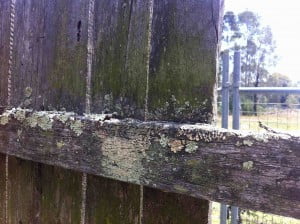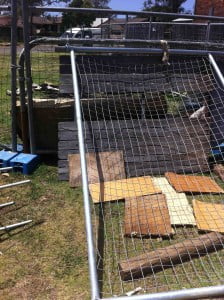Energetically the cul-de-sac, which refers to a dead end, signals blockage, the end of the road, and a hands up in the air deep sigh of despair. With no flow, the cul-de-sac accumulates a uni directional energy which is left to fester much like an excess of cholesterol on the linings of the arteries, or else like a plume of algae which depletes all the oxygen and gives nothing back to its marine life cohabitants. It was not designed for this, but this is the after affects of a design tool which emerged from a traffic calming strategy. To intervene in what was already an accelerated motion also designed to progress from A to B in linear routes, following an exponential expansion, mimicking capitalism and the global economy.
The cul de sac is linked to the garden city movements of the 1920’s and was incorporated into the Radburn design in 1929 as “a town for the motor age”.

